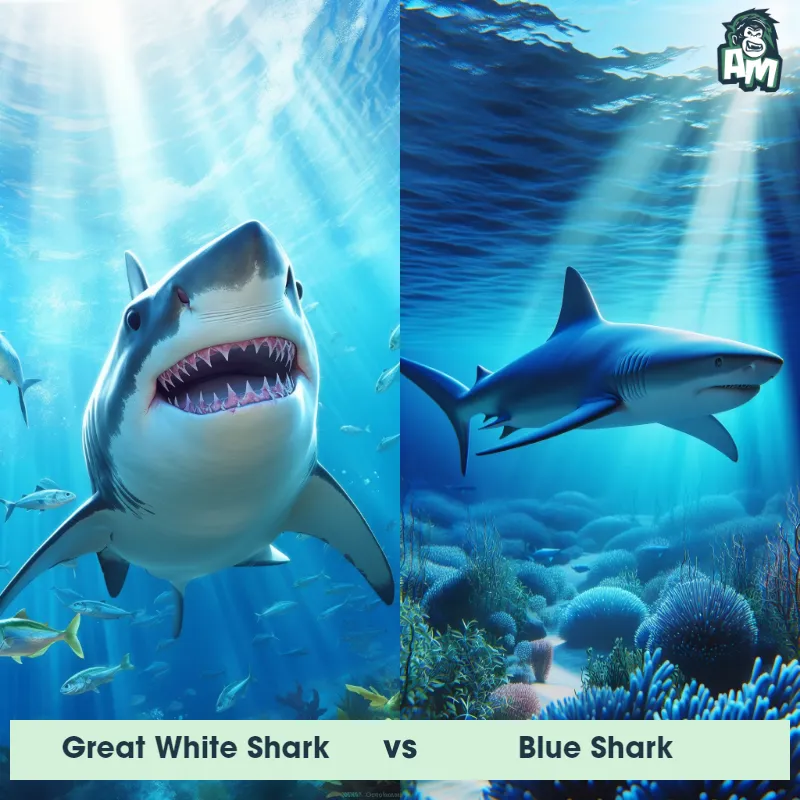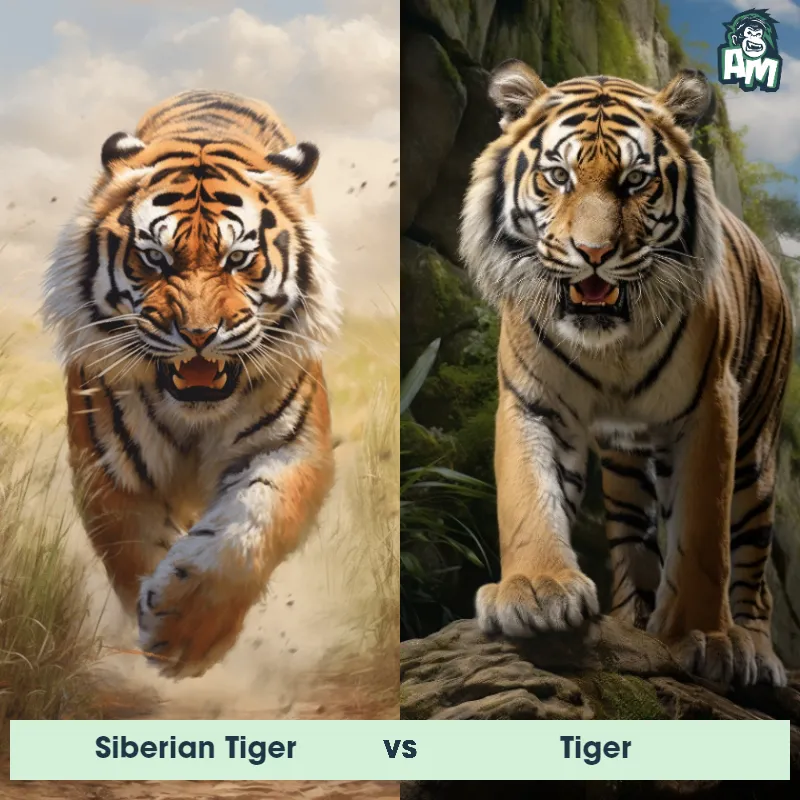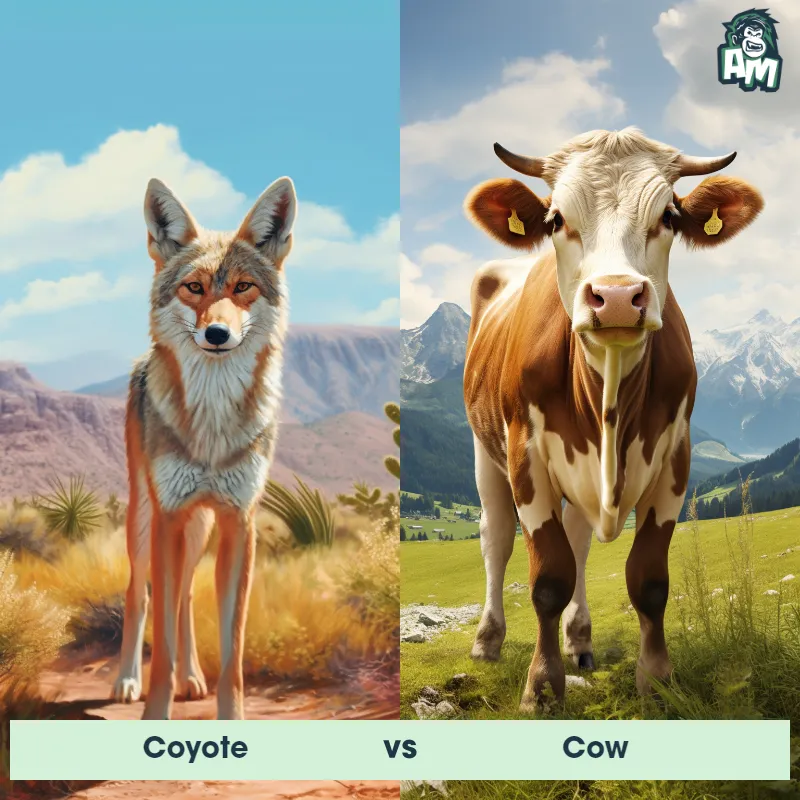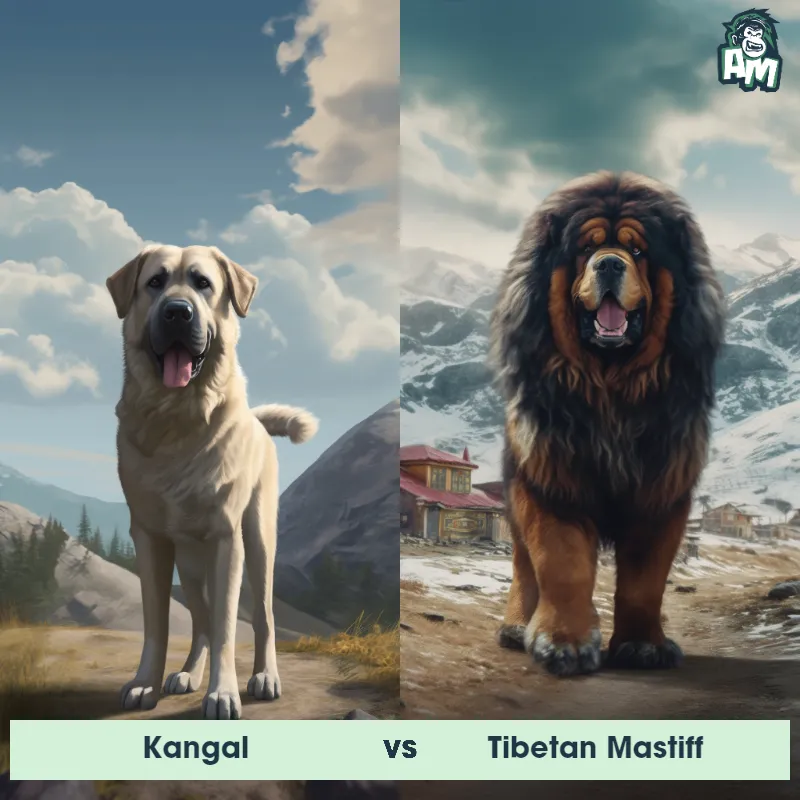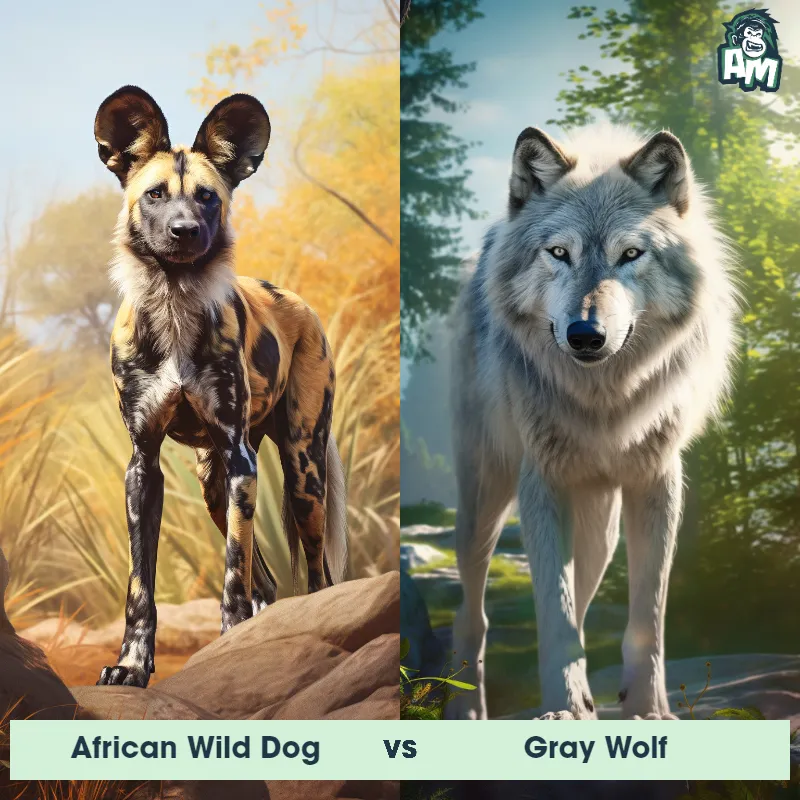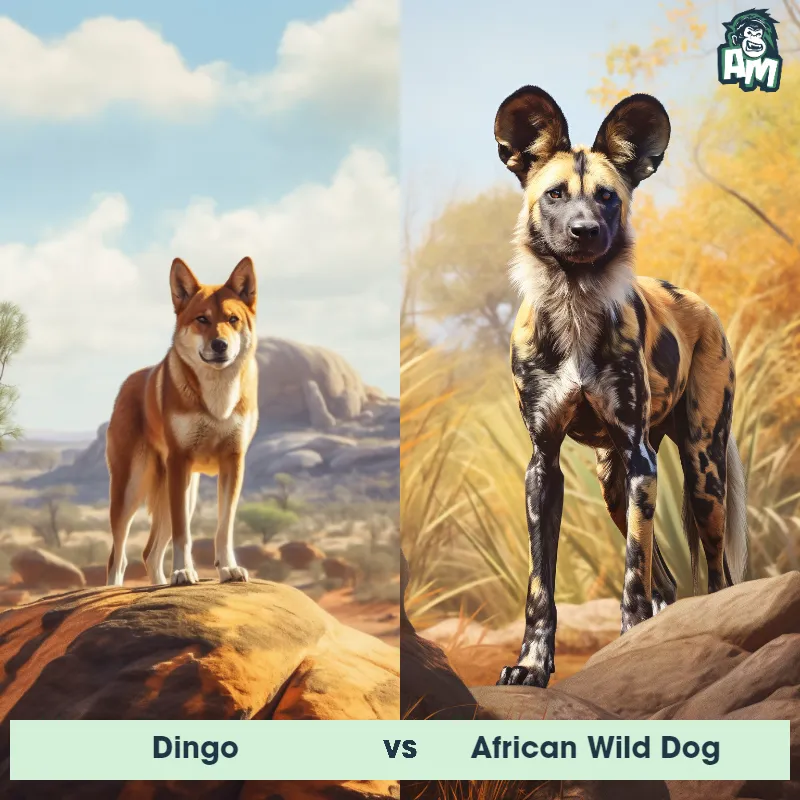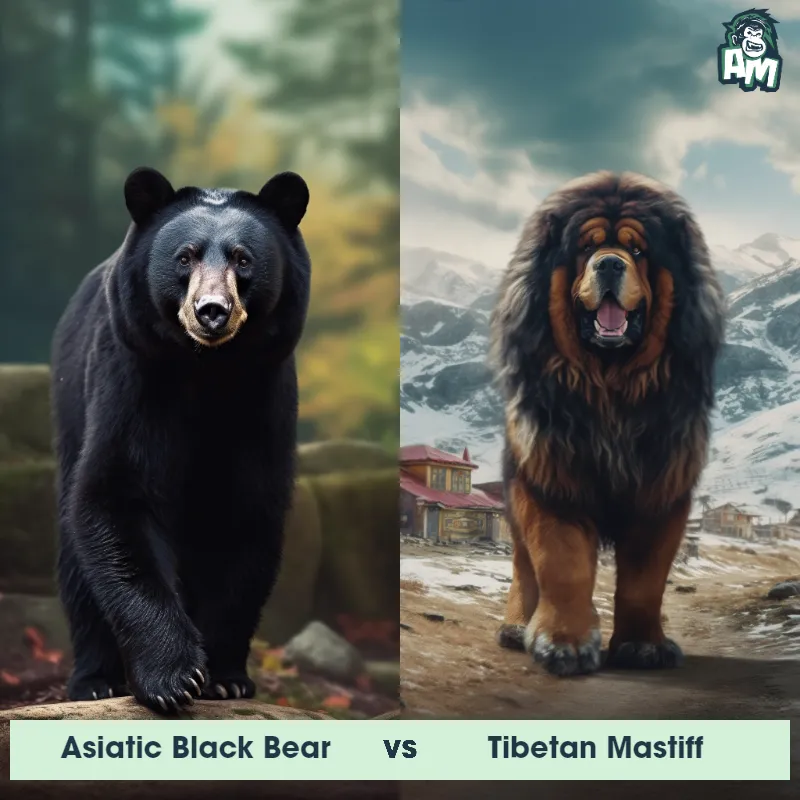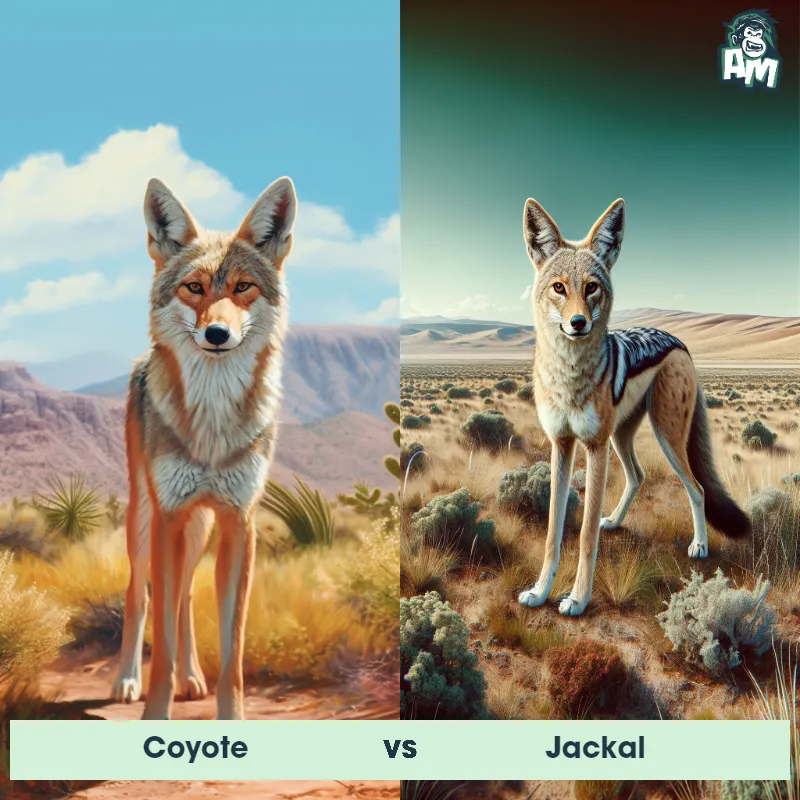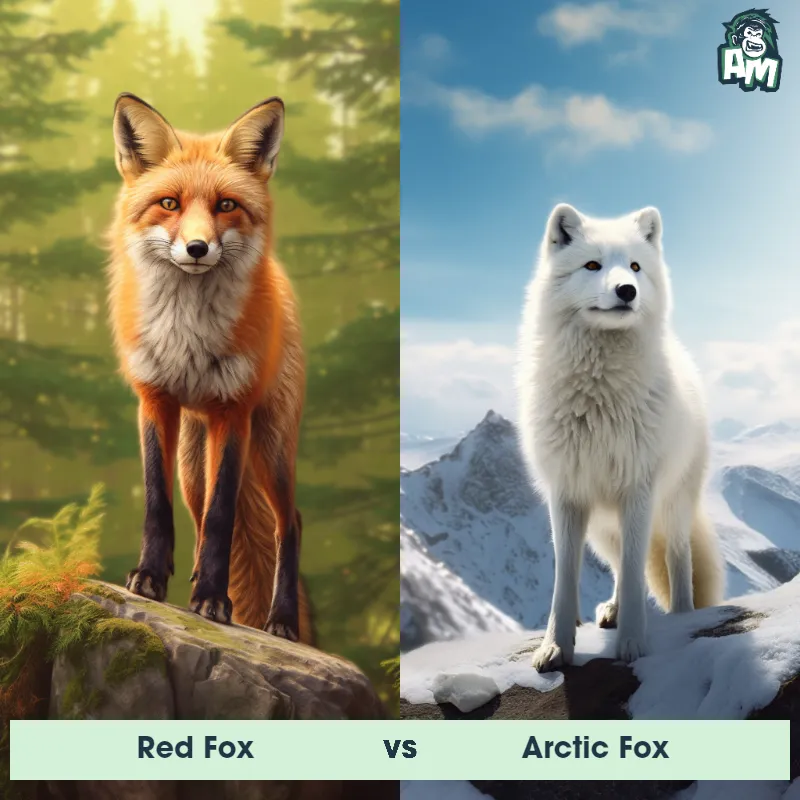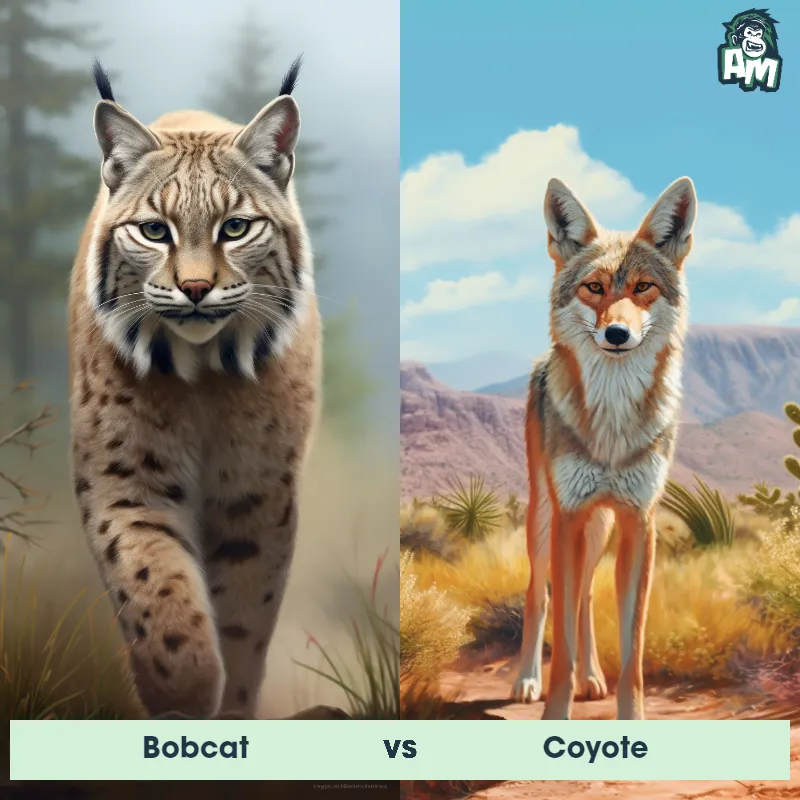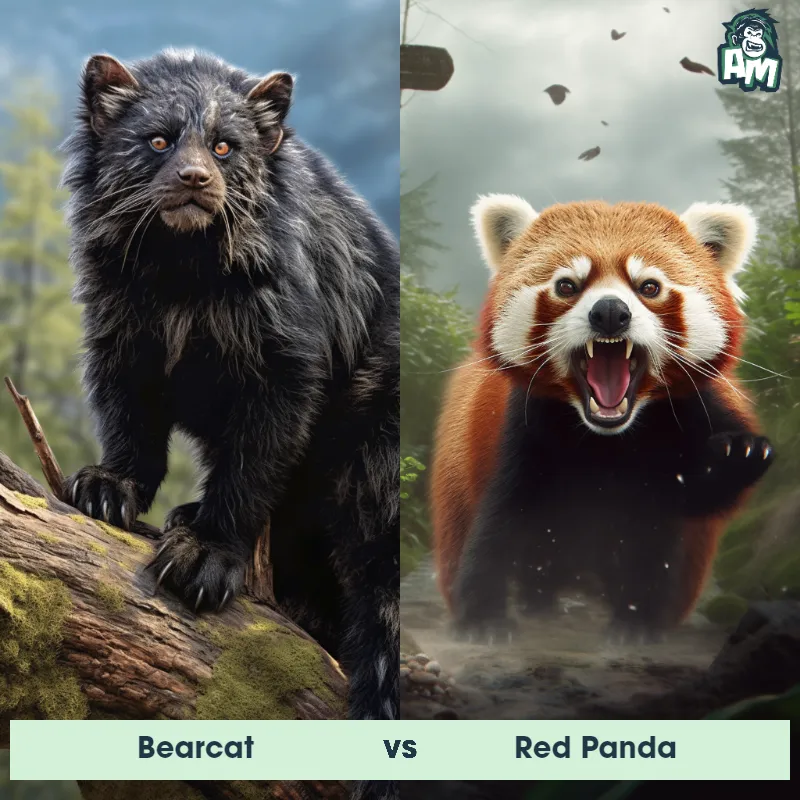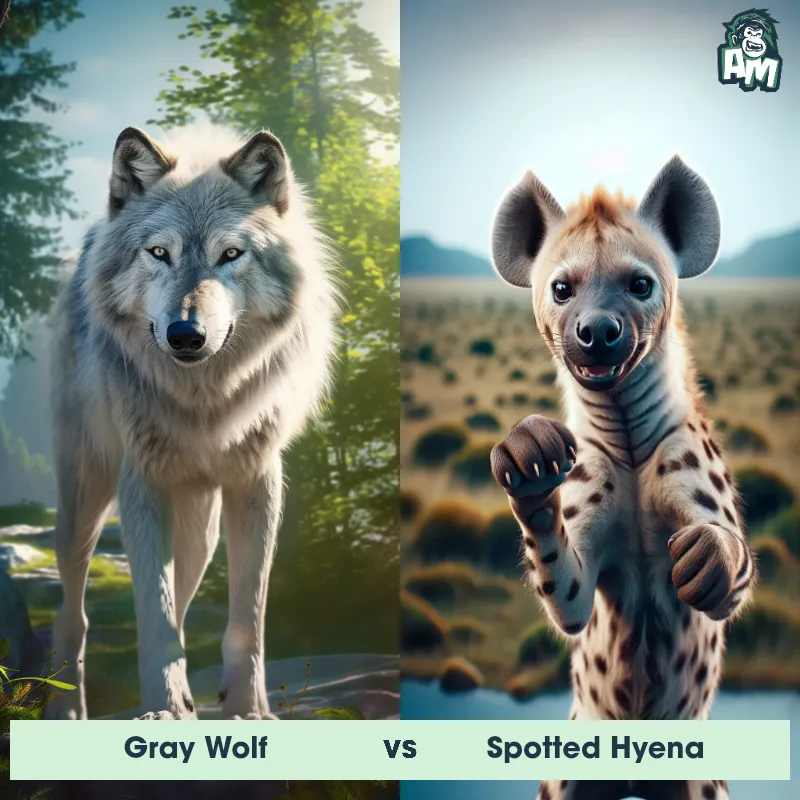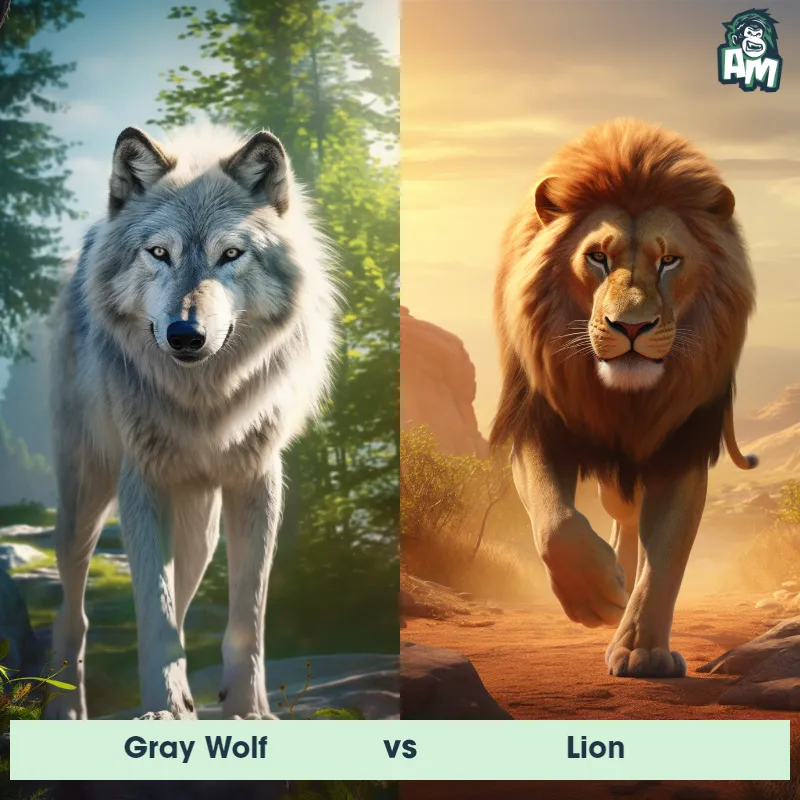Arctic Fox vs Red PandaSee Who Wins
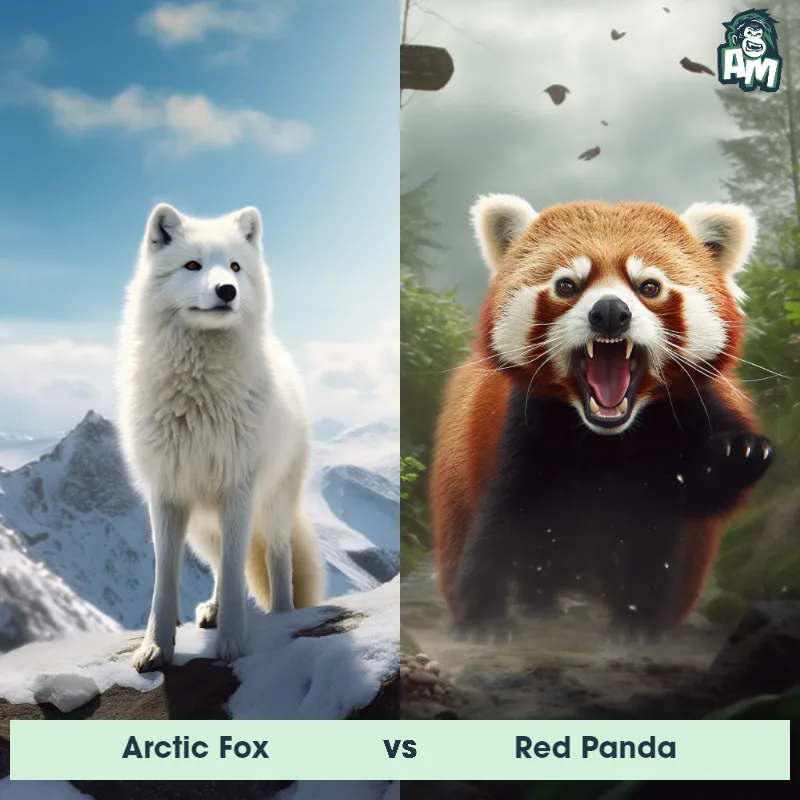
Ladies and gentlemen, welcome to this epic matchup between two fearless contenders in the animal kingdom! We find ourselves in the midst of a heated battle as an Arctic Fox faces off against a cunning Red Panda. The crowd is buzzing with anticipation as these agile creatures prepare for an intense showdown. Let the games begin!
Contender 1: Arctic Fox
The Arctic Fox, also known as the polar fox, is a small fox species that lives in the Arctic regions of the Northern Hemisphere. They have thick white fur that helps them blend in with their snowy surroundings, and they also have small ears and a short snout to help them conserve heat in the cold climate. Arctic Foxes are known for their ability to survive in extreme temperatures, and they are able to dig deep burrows in the snow to stay warm and protected from predators.
Fun Fact: Arctic Foxes have incredibly thick fur, with up to 300 hairs per square inch, which helps them stay warm in temperatures as low as -58°F!
Contender 2: Red Panda
The Red Panda, also known as the Lesser Panda, is a small mammal native to the eastern Himalayas and southwestern China. They have reddish-brown fur, a long, bushy tail, and a distinctive mask-like marking on their face. They are arboreal and primarily feed on bamboo, but also eat fruits, insects, and small animals. Red Pandas are solitary and nocturnal animals, and are known for their shy and elusive nature.
Fun Fact: Red Pandas have a false thumb, which is actually an extension of their wrist bone, that helps them grip bamboo and other objects with ease.
Matchup Stats
| Arctic Fox | Red Panda | |
|---|---|---|
| Size | 12-16 inches (30-40 cm) in height, 18-26 inches (45-65 cm) in length | 20-26 inches (50-65 cm) |
| Weight | 6.5-21 pounds (3-9.5 kg) | 6.6-13.2 pounds (3-6 kg) |
| Key Strength | Agility and speed | Climbing and agility |
| Biggest Weakness | Lack of physical strength | Physical strength |
Current Votes
Arctic Fox vs Red Panda
See Who Wins
View More Matches
Looking For More?
Similar Matches
Scientific Stats
| Arctic Fox | Red Panda | |
|---|---|---|
| Scientific Name | Vulpes lagopus | Ailurus fulgens |
| Family | Canidae | Ailuridae |
| Habitat | Arctic regions of the Northern Hemisphere | Forests |
| Geography | Alaska, Canada, Greenland, Russia, Scandinavia | Eastern Himalayas and southwestern China |
| Diet | Small mammals, birds, fish, and carrion | Bamboo, fruits, insects, and small animals |
| Lifespan | 3 years - 6 years | 8 years - 14 years |
Key Differences between Arctic Fox and Red Panda
- Size: The Arctic Fox is typically larger, measuring approximately 18-26 inches in height and weighing around 6-20 pounds, while the Red Panda is significantly smaller, reaching a height of only about 7-14 inches and weighing between 7-14 pounds.
- Coloration: The Arctic Fox exhibits a thick, white fur coat during winter, which changes to a more brownish-gray color during summer, whereas the Red Panda sports reddish-brown fur throughout the year, with white markings on its face and a stripe down its tail.
- Ears: The Arctic Fox possesses relatively small ears that help retain heat and prevent frostbite in freezing temperatures, whereas the Red Panda has larger, rounded ears that aid in better hearing and sensing their environment.
- Face shape: The Arctic Fox showcases a more pointed, elongated face with a slightly upturned snout, which is beneficial for conserving body heat, whereas the Red Panda displays a round, cute face with prominent, expressive eyes, giving it a distinctly adorable appearance.
- Tail shape: The Arctic Fox has a long, bushy tail that helps it maintain balance and acts as a warm covering during harsh winter temperatures, while the Red Panda possesses a long, fluffy tail that assists in balancing on branches and acts as a wraparound blanket to keep warm.
- Habitat: Arctic Foxes reside in Arctic regions, including tundra and coastal areas, where they endure freezing temperatures, while Red Pandas inhabit the mountainous forests of the Eastern Himalayas, with a preference for bamboo-rich areas.





